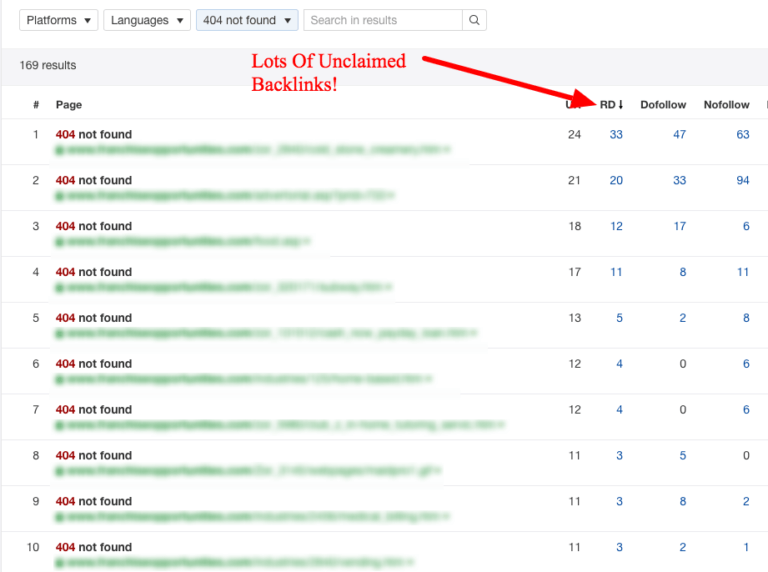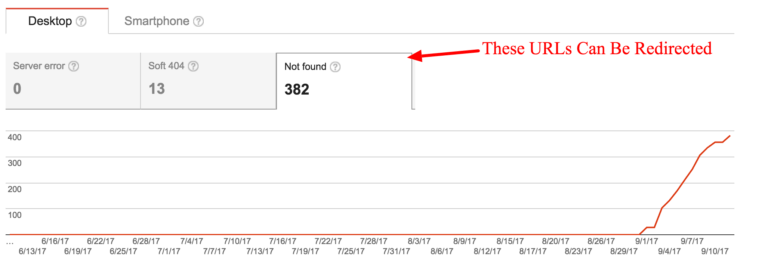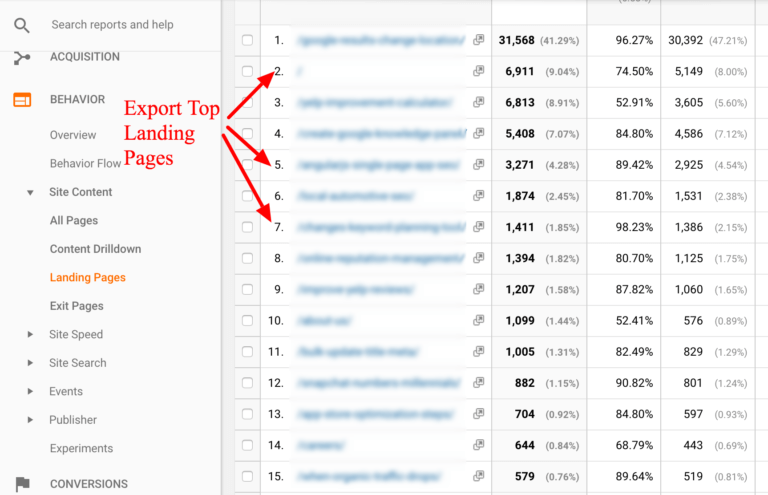 Search Engine Optimization is one big goal that every business is trying to achieve. And that is where link building is one good technique that achieves nor adds up value to your website. You would have strived hard to maintain equity among links from external sources. But, is your internal linking structure causing dilution towards equity?
Search Engine Optimization is one big goal that every business is trying to achieve. And that is where link building is one good technique that achieves nor adds up value to your website. You would have strived hard to maintain equity among links from external sources. But, is your internal linking structure causing dilution towards equity?
This post is going to help you out to reclaim all link values in just 3 steps.
Are you ready?
As link building is not an easy joke, and the process involves a lot of time and tiresome, people find it to be difficult. Since the web requires high standard content, link building has become burdensome.
To my surprise, I was able to notice some SEOs are trying to make use of what they have in existence. But that has turned out to be a compulsion of building more and more links without knowing or understanding the purpose of building links. Link building could pave a great way but that cannot be achieved without equity.
For some sites, there is a major chance to enhance the connection value that has just been set up. The best part about the greater part of this is, these issues can be tended to the inside, instead of external link establishment which regularly requires outsider inclusion. Here are some of my most loved approaches to recover lost link values.
#1 Know Your “.htaccess File”:
While performing evaluation over a website and its link equity, I was able to notice the importance of .htaccess file. It is necessary to understand how global redirect works. You could find the syntax that guides the website through redirect functionalities.
Very often I identify that the redirect caused by the .htaccess file which should be 301 is redirected to 302. This is one of the common mistakes that often occur. There are different circumstances for which redirects differ. The common redirect rules are as follows,
So, it is necessary to take care of the redirectives. You could directly peep into the .htaccess file or seek the help of your developer to get the problem fixed.
Also, check some of the relative content that you need to know when you optimize your business website,
1. Common mistakes while doing SEO.
2. What important technical details a programmer should consider before making the website live.
#2 Secure 301 Internal Redirects:
Once you gain enough link equity, you need to check whether the links passing through your internal pages are essential. In case if the 301 redirects then your pages will not be able to get the required potential strength from the links it has to get.
In order to make out these, I analyzed a website with the screaming frog in “Spider Mode”. The screaming frog tool is used to crawl a website and find instances of 301 redirects and gathers them on the “Redirection report”. The following table could help you sort the report by “Inlinks” and you could find pages that are internally 301 redirecting the most.
| STATUS CODE | STATUS | Inlinks |
| 301 | Moved Permanently | 238 |
| 301 | Moved Permanently | 119 |
| 307 | HSTS Policy | 19 |
| 301 | Moved Permanently | 5 |
| 302 | Found | 3 |
| 302 | Redirect | 3 |
| 301 | Moved Permanently | 3 |
| 307 | HSTS Policy | 3 |
| 307 | HSTS Policy | 3 |
The table shows the instances of internal redirect in the primary and secondary navigation which includes the footer or sidebar links. This has turned to be very simple, as a small change could neglect large quantity of internal 301 redirects.
#3 Redirect Aged URL Paths:
I have also come across websites that have broken product pages that are not even redirected and some with the traces of the old websites. These lead to 404 error. Hence, ends up with pages broken and increases unused link equity.
Before you could proceed further I would insist you to have a look at this blog on understanding internal linking strategy and the use of the sitemap.
Find the old URL paths and redirect them with 301 redirects can obtain visibility in search engine. Now there is no fear of losing the values of 100s of links that points your domain.

In case if you are trying to migrate an old website to a staging website then you could make use of the screaming frog to crawl your website and once the crawl is done, you could export the data to a spreadsheet and swap to the staging domain with the root domain. At the same time make sure you have the list of OLD URL paths.
If you are out of reach from the old URLs, you could make use of the Ahrefs, Google Analytics. To start with, use the Ahref to find the links for best pages. Now export them to an excel file. Make sure that you export the entire files. Do not miss anyone from the Ahref. It is because there are chances where Ahref displays status code as 301 but it is actually redirected to 401.
Once done, then you could proceed with the Google Analytics and proceed to the landing pages. Now you could export the given data and add the domain to the relative URL path using the CONCATENATE function.
Once again you could run the data on the screaming frog to add the 404 errors to the master document. Now login to the Google Search Console to open the “Crawl Errors” and navigate to the “Not Found”. Finally, You have clustered all potential broke URLs in one main spreadsheet. Now run the “List Mode” and export URLs that return to 404 status.

To encourage priority on which URLs to be redirected first, I interface Screaming Frog to the Ahrefs API, which will enable the crawler to assemble the connection measurements related to each page. I sort that rundown by a number of connecting root areas and allot need to the redirections that way.

After I have the last rundown of 404 mistakes, it’s just a question of distinguishing the goal pages on the customer site every URL should divert to. To scale this exertion, I regularly utilize a blend of MergeWords and the OpenList Chrome expansion.
Also, have a look at some of the tools that helps SEO optimization,
1. SEO tools that assist you to optimize your website.
Final Verdict:
The webmasters are the only source that dilutes the equity. Practising changes such as website migration and redirecting URL have a huge impact on equity. Thus, making use of the above-mentioned strategies could help you reclaim the lost link value.
Never fail to practice these strategies just as they are. Hope the strategies could help you with a better start.
If I have missed any of the valuable points or strategies, do let me know through your comments. This post is just going to help you out restore your website’s lost link values.
Image Source: SearchEngineLand.